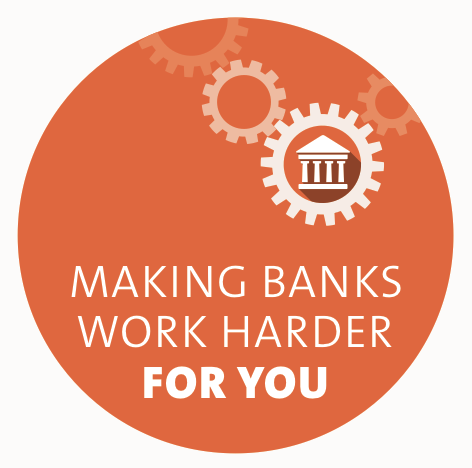Viva la open banking revolution!
How to stay competitive in the digital era? Perry Krug, principal architect at Couchbase, explores.
In August 2016, the UK’s Competition and Markets Authority (CMA) claimed it was paving the way for an “open banking revolution”. If CMA’s plans go as intended, then 2018 will be a banner year for the industry, as banks take advantage of the ongoing digital revolution to become more open, more competitive and ultimately more modern. However, as with any revolution, open banking will have winners and losers.
Customers will find it easier both to switch providers, and to access the data that helps them decide if, when and where to move. In turn, banks will have to be careful that a sizeable proportion of their customer base don’t have their heads turned by a more attractive proposition. To avoid this, banks need to give customers the digital experience they demand: from access to all their accounts in a single app; to the information and alerts they need, when they need them; to giving a service that can’t be found anywhere else. There are three essential components to providing this experience.
Beyond basic mobility
In the new, digital economy, consumers expect access to services whatever, wherever and whenever. CMA has already made mobile apps a cornerstone of its open banking expectations, but banks will have to go beyond these to ensure they keep their customers satisfied.
For these applications to work, the user experience must be responsive, seamless and consistent, no matter what device a user is on, or where they are. At the same time, the bank must be able to not only offer the services its customers want, but to update them when appropriate; for instance, adding new loan calculator or currency converter tools to keep customers engaged and convince them that they’re receiving the best service they can. As a result, the first step for any bank looking to succeed in the digital revolution should be an easy-to-modify app that offers a flawless user experience.
Make it personal
However a customer engages with a bank, the key to a successful digital experience is more than just performing a transaction. Customers want an experience that reacts to their needs in real-time. For instance, if a customer has an unexpected expense that puts them at risk of being overdrawn, their application should warn them and suggest ways to avoid charges; such as upgrading their current account or transferring money from accessible savings. Likewise, a customer travelling abroad will appreciate updates on the local exchange rate, where they can withdraw cash, and even which businesses will accept payment cards; while a loan calculator should remember if a customer is married or single, their age, and whether they are a home owner.
To personalise their applications in this way, banks need to have complete control over their customer data; and be able to use and access it in real-time. After all, the average customer will be more attracted to the bank that can respond to their needs right now, rather than the one that can do so days or weeks down the line, or when they arrange an in-branch appointment
24×7, not 9-5
Most importantly, banks must ensure their services are available to customers round the clock. Even a short period with sluggish performance or a lost service could be enough to drive customers into the arms of a rival. This means designing application infrastructure with this in mind, and ensuring that the database that powers the app, the servers it runs on and the software on the device can offer flawless performance at all times.
As more consumers adopt mobile banking, this need for 24×7 performance becomes crucial. Inherent in any bank’s mobile app is the risk that, at any time, a customer might have zero connectivity. Banks that want to gain a competitive advantage should design apps with this in mind, offering functions that will still engage and support customers even with no service. For instance, a customer in a black spot might not be able to make transactions or switch banks immediately, but they could still access loan calculators and “queue up” transactions for when the connection is restored. This “offline-first” approach can provide a key differentiator for many.
Ultimately, the open banking revolution will be a good thing for the industry as a whole. However, for individual banks being able to offer services that fit into the new digital economy will be critical to ensure they don’t become collateral damage.
CMA’s paper, “Making banks work harder for you”, can be viewed here.












































